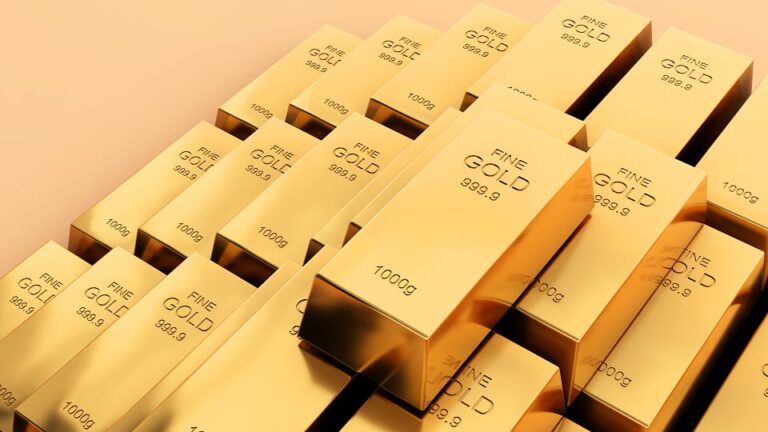Recent trade developments have eased global tensions, weakening some of gold’s strongest support factors and influencing the overall gold price trend.
Key Takeaways for Gold Price
$3050/oz remains critical support level for large-scale liquidation.
Trade thaw eases fears driving gold buying in East and West.
Gold remains resilient despite reduced momentum from macro funds and CTAs.
Understanding the Shift in the Gold Price Trend and Market Sentiment
TDS Senior Commodity Strategist Daniel Ghali says global trade shifts weaken gold’s core buying thesis.
Over the weekend, diplomatic trade progress marked a pivotal reversal in global risk sentiment. This has undercut the dual fears that traditionally fuel gold investments—currency devaluation in the East and recession fears in the West. Naturally, reduced economic anxiety leads to lower safe-haven buying in the gold market.
Still, Ghali notes the gold price trend may not fall sharply in the short term. Traders and analysts now expect a more subdued but steady trend rather than aggressive liquidation.
You can stay updated with expert insights and live gold trading signals by visiting Daily Gold Signal.
Broader Market Context and Gold Buying Activity
The recent easing of trade tensions has realigned global investment flows.
- In Eastern markets, fears of currency depreciation often push investors toward gold.
- In the West, concerns around stagflation and recession boost gold’s safe-haven appeal.
This about-face in global trade has weakened both narratives. As a result, buying enthusiasm among institutional and retail investors has cooled.
Still, this does not spell collapse. Experts suggest central banks will continue purchasing gold aggressively, cushioning any downside pressures in price.
Technical Insights and Support Levels
Gold prices may not face significant selling unless a steep decline occurs.
According to Ghali:
“CTAs won’t meaningfully sell without a sharp drop toward $3050 per ounce.”
That means algorithm-driven funds are unlikely to liquidate their positions unless gold drops to that level. Discretionary and macro fund managers remain mostly neutral, showing no strong buying or selling tendencies. This leaves only retail ETF holders in the West and China as potentially weak hands, but central bank buying provides a powerful offset.
Institutional investors are showing long-term conviction, with recent ETF inflows signaling strategic reallocations instead of short-term speculation.
Expert Insight: The Worst-Case May Already Be Priced In
The recent trade developments presented a worst-case scenario for gold—but markets didn’t panic.
Despite the shift, gold prices held firm. Experts interpret this as a sign of resilience, not weakness. The exhaustion of sellers may signal the worst is behind, rather than ahead.
Selling downside, not panic selling, could define short-term moves—especially if central bank support continues.
Conclusion: Gold Faces Pressure but Shows Resilience
While global trade progress has undermined gold’s key support factors, markets remain surprisingly stable.
- Central bank purchases will likely remain steady.
- $3050/oz acts as a critical technical support.
- Gold may drift rather than plunge unless macro shifts intensify.
Despite less aggressive buying from traders, institutional conviction and central bank demand provide a strong foundation. This could keep gold prices resilient in the weeks ahead.
For more insights and technical updates, explore the Daily Gold Update section.
FAQs on Gold Price Trends and Market Drivers
1. How does global trade impact the gold price trend?
Trade developments can reduce economic fears in both Eastern and Western markets, leading to decreased gold buying activity and softening the overall gold price trend.
2. What price level could trigger significant gold selling by CTAs?
According to TDS, CTAs are unlikely to liquidate large positions unless gold drops sharply toward $3050 per ounce.
3. Who are the main gold market participants currently influencing price trends?
Discretionary traders, macro funds, institutional ETF investors, and central banks are the major players. Central banks are expected to remain steady buyers, offering price stability.
4. Why is gold still showing resilience despite reduced market fears?
Although economic concerns have eased, institutional allocations and consistent central bank buying continue to support the gold price trend.
5. What role do central banks play in the gold market right now?
Central banks are a key stabilizing force. Their continued purchases offset potential selling from vulnerable ETF holders, maintaining price resilience.





